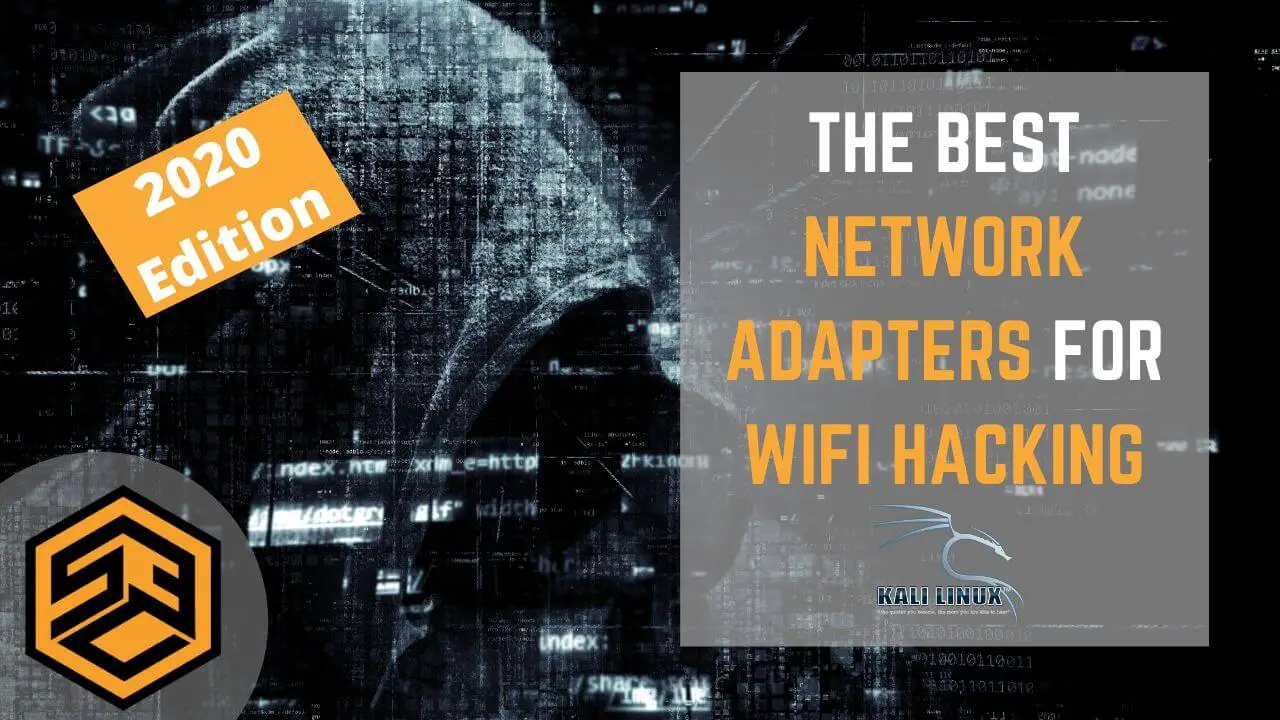
MITM can be detected via tamper detection methods such as method authentication by exchanging public keys over secure channels or HTTP Public Key Pinning. The attacker is relaying and altering messages, which enables the attack to work if the malicious party can bypass mutual authentication between the users. The attacker intercepts traffic generated by a user’s device and makes it seem as though they are communicating with another party.

MITM attacks work by interposing independent connections between users of a public WiFi network. A few public WiFi eavesdropping attacks include Man-in-the-middle (MITM) attacks, the evil twin method, cookie thefts, and remote malware injections. The appeal of accessing potentially thousands of people’s devices and Internet activity, in say an airport, is too enticing for many hackers to pass up. In many instances, such attacks go entirely unnoticed by the victims. Most public WiFi networks are unencrypted, making them easy targets for remote access by a potential hacker. The dangers of “free public WiFi” found in places like hotels, airports, cafes, and libraries are manifold. Yes, that WiFi network you asked for at your most recent hotel stay or local café is not really that secure. Let’ s find out how the crypto WiFi hack works.

Hardware wallets also provide excellent defenses against public WiFi intrusions. If users log into unsecured accounts like bank gateways or online crypto wallets, attackers can intercept that data. Hackers set up their own malicious WiFi routers in a public venue (e.g., a hotel) with the goal of snooping web traffic using a dubious access point. Most Public WiFi networks are not encrypted therefore they are easy targets for remote access by a potential attacker.


 0 kommentar(er)
0 kommentar(er)
